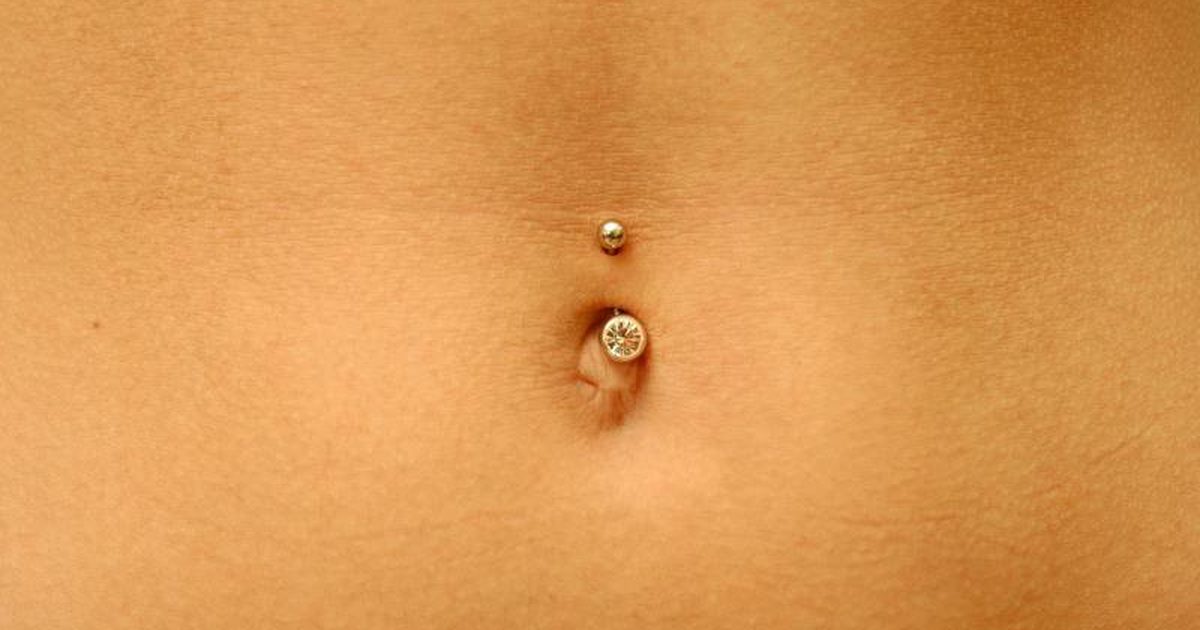How To Prevent Belly Button Bleeding
The navel is a part of the body that doesn’t get much attention and is often overlooked. Surprisingly, the belly button can become infected and produce different kinds of discharge, including blood. The discharge may have a foul odor and can be white, yellow, or brown. The belly button is home to many types of bacteria. In addition, a variety of other potentially harmful material such as germs, fungus, or dirt can get trapped in the navel and multiply. Causes of belly button discharge include infections, cysts, and abdominal surgery. Bleeding can result from infections or conditions like primary umbilical endometriosis or portal hypertension. Navel piercings or poor hygiene can also produce discharge. Learn about how to prevent belly button bleeding now.
Reduce Sugar Intake

Certain conditions like diabetes or obesity can increase an individual's risk of infections that cause belly button bleeding. Both of these conditions have been linked to candidiasis, a type of yeast infection. Yeast infections in the navel may be more common among patients with diabetes because their blood sugar is higher than normal, particularly in poorly treated cases. Research from the Journal of Pediatric Adolescent Gynecology reported a connection between high blood sugar and candida yeast infections. The yeast is more abundant and can spread to many areas of the body, including the navel. Diabetes patients should reduce their sugar intake to help keep their blood sugar balanced. In addition, individuals with diabetes and those who are obese should avoid processed foods and sugary foods and drinks if they're prone to yeast infections.
Keep The Belly Button Clean And Dry

Keep the belly button clean and dry to prevent infections caused by an overgrowth of harmful bacteria as well as other triggers for belly button bleeding. The average navel contains almost seventy types of bacteria. Yeast can grow in the belly button if it's not kept clean and dry. Yeast infections develop in damp, dark areas like the navel, groin, and between skin folds. If a yeast infection develops in the navel, a red, itchy rash and thick, white discharge can follow, and bleeding may also occur. Practicing good personal hygiene can help maintain the balance between the good and harmful bacteria in the belly button. It's also helpful for healing when an infection does occur. Keep the belly button clean and dry by showering daily with antibacterial soap, rinsing thoroughly, and drying the inside of the navel. Use a washcloth or a saltwater solution to remove the dirt and residue from the navel. Avoid the navel when applying creams, oils, and moisturizers because they can encourage the growth of bacteria or yeast.
Wear Loose Clothing

Tight-fitting clothing can cause certain types of infections like candidiasis, and they can also irritate the belly button. Women are often advised against wearing tight underwear or pants because they don’t allow sufficient amounts of oxygen and can cause an overgrowth of yeast, among other issues. The same concept also applies to the belly button. Loose-fitting clothes are a much better option. Clothing made of natural fibers like cotton and silk enables the skin and areas like the navel to breathe because of better ventilation. Wear loose clothing as a preventative measure for belly button irritation and bleeding and in cases of infection when the navel is extra sensitive to touch.
Practice Proper Piercing Care

Belly button piercings have become very popular among young individuals, but they can cause infections if they’re not cared for properly. The piercing and jewelry have to be kept clean to prevent infection and resulting symptoms like discharge and bleeding. To reduce the risk of infection, individuals should practice proper piercing care like always washing their hands before touching the piercing. It's also very important to choose a licensed piercer who follows all safety protocols such as sterilizing equipment and wearing gloves. Other ways of decreasing the risk of infection include using high-quality jewelry, avoiding public pools until the piercing heals, and closely following aftercare instructions.
Take Action Against Infection

Infections that cause discharge like belly button bleeding should be treated promptly. Patients can take action against infection by visiting a doctor to determine what’s causing the infection and how to treat it. Individuals may be able to purchase over-the-counter medication for some conditions, but others will require a prescription from a healthcare professional. Yeast infections are typically treated with an antifungal cream or powder. Bacterial infections can be cleaned with warm saline water, but antibiotic ointments or creams are usually required. Treatment of infected cysts that cause navel discharge is a bit more complex. The infection can be treated with antibiotics and cyst drained of fluid, but surgery may be recommended to remove the root to prevent or decrease the chance of reoccurrence. If patients have had abdominal surgery recently, they should take good care of their navel and watch for signs of infection.
